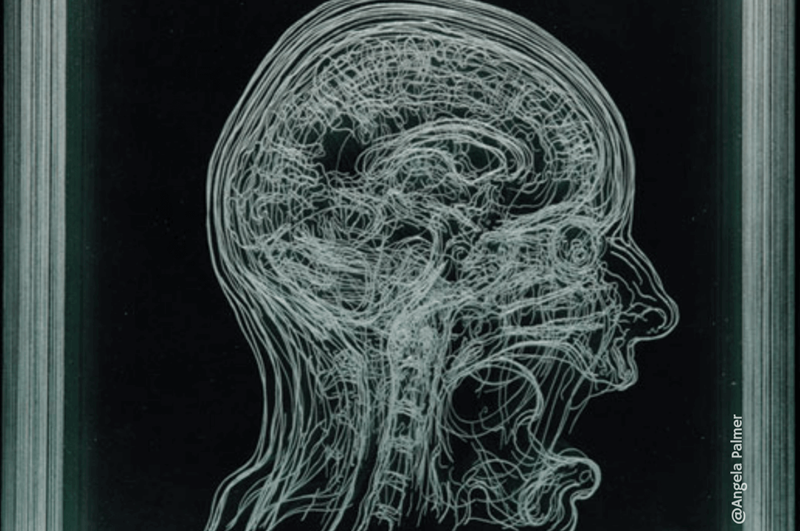
We have all bought something we weren’t planning on buying at the checkout. So, it’s pretty obvious that displaying various products at the checkout is a sales strategy that works. In fact, selling additional stuff at the checkout is not limited to the candies at grocery stores or the wallets at a clothing store. The foundations of this popular strategy are also used in online shopping and various other services. Even though the basic approach is similar, the methods can vary.
The Psychology of Arriving at the Checkout Counter
Before having a look at the ways displaying different products at the checkout is used in different shopping platforms, let’s give a simple example on how the strategy works. Take the candies displayed at the checkout counter at grocery stores for instance. No one puts “candy” on their shopping lists, right? You can’t live like it’s Halloween every day. These are things that we buy out of impulse when feel a bit hungry or when we want something sweet to snack on. They are instant decisions. If candies are placed right near the checkout and we see them in a moment where we feel a little impatient, then it’s fair to say that the decision we make is the result of a very successful strategy that takes place at the checkout counter.
If you had a candy brand, wouldn’t you want consistent sales during the year? But you have to admit that advertising won’t do much to your sales if you are selling candies, because it won’t be enough to increase the demand in the first place. That’s why there is a higher chance people will want to buy candies if they see them at the checkout, which is the only place of the store where every customer will end up eventually.
But it’s not merely about making sure that every customer sees the candies. We have all gone off the shopping list, haven’t we? With each product you put into your basket, you have an increasing tendency to buy more. This is how human psychology works. The more you do something, the more likely it is that you will do it again. So, the impulse to buy new products builds up by the time you arrive at the checkout. There are various sales and marketing strategies built on this very idea, used in grocery stores, clothing stores and online shopping platforms.
We can see the strategies that have been developed based on the studies on human behavior and marketing in various sectors, stores and online shopping platforms. Let’s have a look at the sales and marketing strategies that are based on the idea that people are more likely to buy additional products and services when they have already decided to buy a certain product.
 Promotions That Appear Out of Nowhere at The Checkout
Promotions That Appear Out of Nowhere at The Checkout
Have you realized that most promotions are revealed to you right before you pay at the checkout? For instance, you are at the checkout of a grocery store and the cashier informs you that a $10 soap bar is discounted to $5 for your purchases over $35. Now, you didn’t come to the grocery store to buy a soap bar, but if your total is above $35, you will probably end up buying the discounted soap bar. If your total is right below $35, it is likely that you will buy a small checkout item to go over the limit. If you had been offered this promotion right when you entered the store, you probably wouldn’t care about it, but by the time you arrive at the checkout, you have already bought a lot of things, so you might as well buy the soap bar.
The same trick can be used in coupon codes or gift cards. For example, you are at a clothing store, you have picked a few items that will make $150 in total. You arrive at the checkout to pay and you are informed that you get a $30 gift card for your purchases above $200. The next thing you know is that you are buying an additional shirt just to get the $30 gift card. This is the sort of promotion you are more likely to see when shopping online, right before you pay. You are informed that if you buy an additional item of $20, you will get free shipping, for instance. Some platforms offer socks, underwear, batteries, magazines etc. at the checkout stage to inform you that buying one of those products will get you free shipping. It is a very similar approach to the candy strategy employed at grocery stores.
Cross-selling Strategies at the Checkout Counter
This is a sales strategy that is mostly used for electronics. When we are about to pay, we are informed about the supplementary or protective products and services that will improve the product’s performance. For instance, when we are about to buy a smart phone, an insurance package or protective products like phone cases or screen protectors are usually offered right before we pay. Since we are talking about a product that we have accepted to pay a great amount of money for, we don’t mind paying a little more to enhance its performance or protect it against damages. Have you ever said no to an insurance package offered at the checkout? Probably not.
Similar Sales Strategies Online Stores Use
It is fair to say that checkout counter strategies, which are based on the idea that people are more likely to buy more once they start buying, are very popular in online shopping. The online newsletters, customer notifications and customer satisfaction emails that are sent after you buy something are all based on this simple principle of consumer psychology. They all aim at creating customer loyalty, because if you are happy with the service you had the first time you shop at a store, it’s more likely that you will choose to shop there the next time you need a similar service or product.
When shopping online, at the bottom of the product page, online stores will show you similar products that other users looked at after viewing the current item you are on. Same trick is used at the checkout or when we view our cart. Amazon, for example, will show “also-bought” recommendations based on other users’ purchases or based on your purchase history, aiming to encourage you to buy more before you pay for your items.
Would you have guessed that most marketing strategies that are used in today’s world of online shopping are based on the same principles that gave birth to the idea of selling candies at the checkout? Stores and online shopping platforms can encourage you to shop more by using the marketing strategies that are based on the basic principles of consumer psychology.









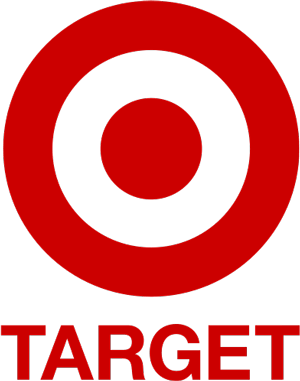

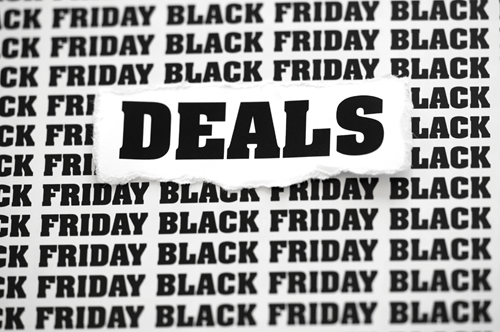



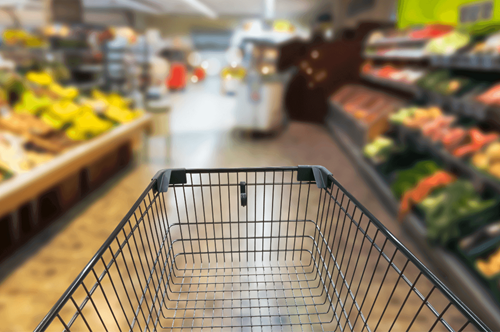





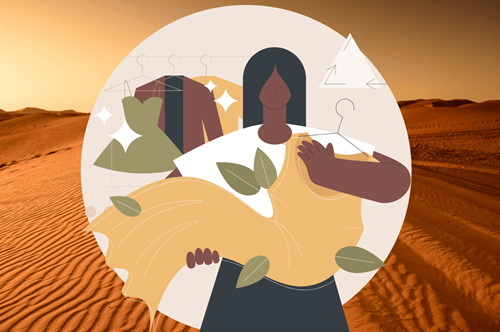

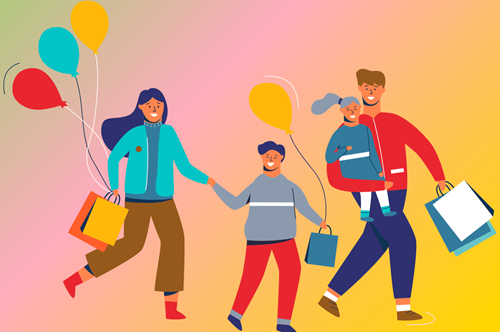



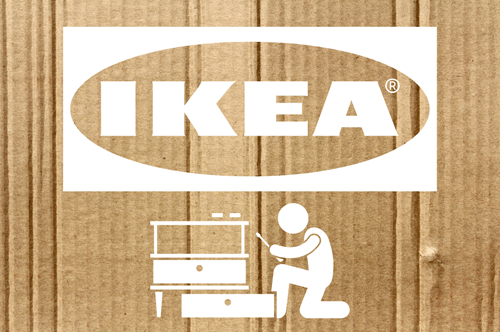

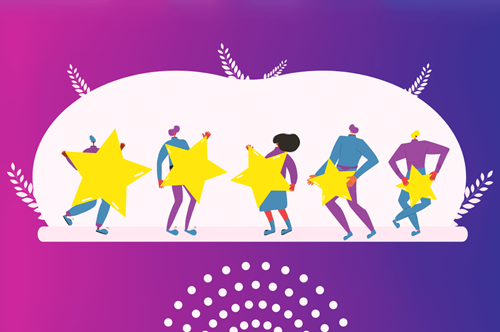

REVİEWS - 0 reviews